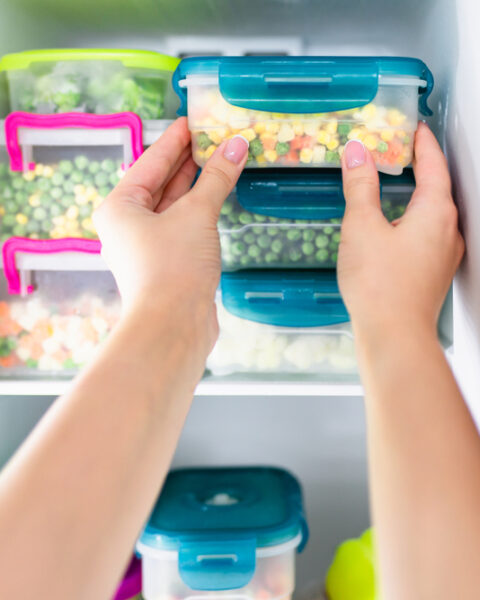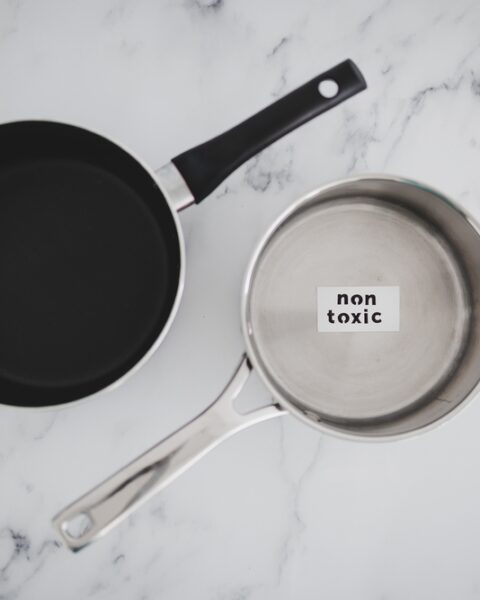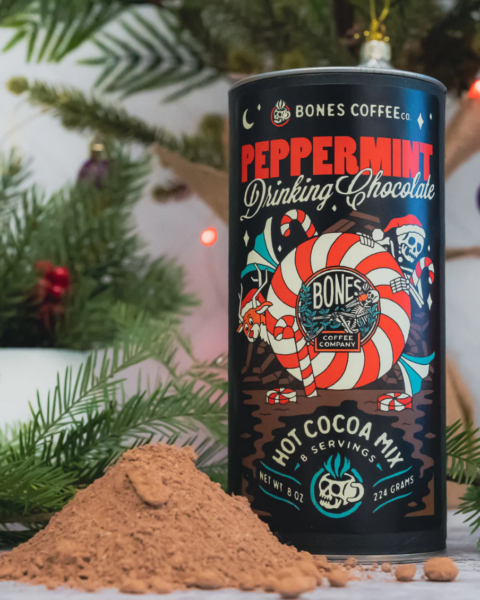Next time you’re hitting up the grocery store, let’s talk about something we often overlook—the freezer aisle. It’s packed with convenient and delicious options, but there are some common mistakes that can trip you up. From overloading your cart with more than your freezer can handle to not checking the packaging for damage, these slip-ups can cost you time and money. Here are some key mistakes to avoid when you’re shopping in the freezer aisle. Trust me, your future self will thank you!
Contents
- 1 Buying Food You Don’t Have Space For
- 2 Shopping There First
- 3 Not Inspecting Packaging for Damage
- 4 Holding the Doors Open Too Long
- 5 Buying Unfamiliar Brands Without Research
- 6 Ignoring Frozen Vegetables and Fruits
- 7 Not Using a Cooler Bag
- 8 Buying Bulk Without Considering Usage
- 9 Grabbing Food from the Top of the Pile
- 10 Not Checking Expiration Dates
- 11 More From RetailShout
- 12 15 Ways to Add Flavor Without Extra Calories
- 13 19 Plant-Based Proteins to Include in Your Diet
Buying Food You Don’t Have Space For

When shopping in the freezer aisle, it’s easy to overestimate the space available in your home freezer. Purchasing more than you can store leads to overcrowding, which can affect the efficiency of your freezer and the quality of your food. Overcrowded freezers do not allow proper air circulation, causing uneven freezing and possible spoilage. Additionally, stacking too many items can result in items being forgotten and wasted. To avoid this, plan your freezer space before shopping and only buy what you can store comfortably.
Shopping There First

One common mistake is starting your grocery trip in the freezer aisle. Doing so can cause frozen foods to thaw slightly while you continue shopping, which can compromise food safety and quality. Thawed and refrozen items may develop ice crystals and lose texture and taste. Instead, leave frozen items for the end of your shopping trip to ensure they stay as cold as possible. This practice helps maintain the integrity of the frozen products until you can store them properly at home.
Not Inspecting Packaging for Damage
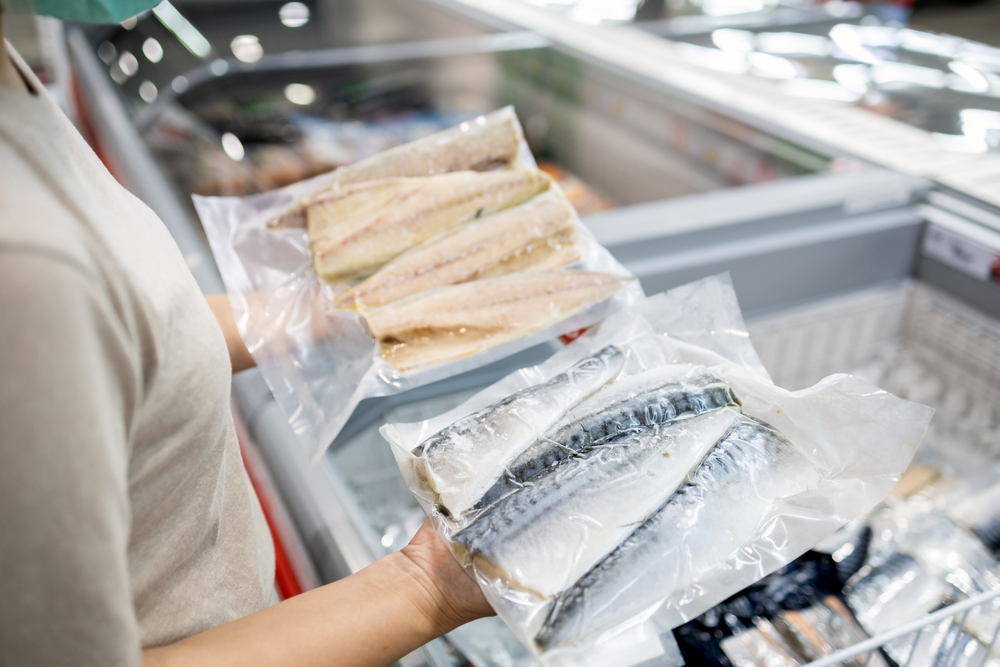
Inspecting the packaging of frozen foods is crucial to avoid buying damaged goods. Tears, holes, or broken seals can allow air and contaminants into the packaging, leading to freezer burn or contamination. Always check for any signs of tampering or damage before placing an item in your cart. Damaged packaging may also indicate that the food inside has been exposed to temperature fluctuations, affecting its quality. Reporting damaged items to store staff can also help maintain overall food safety standards.
Holding the Doors Open Too Long
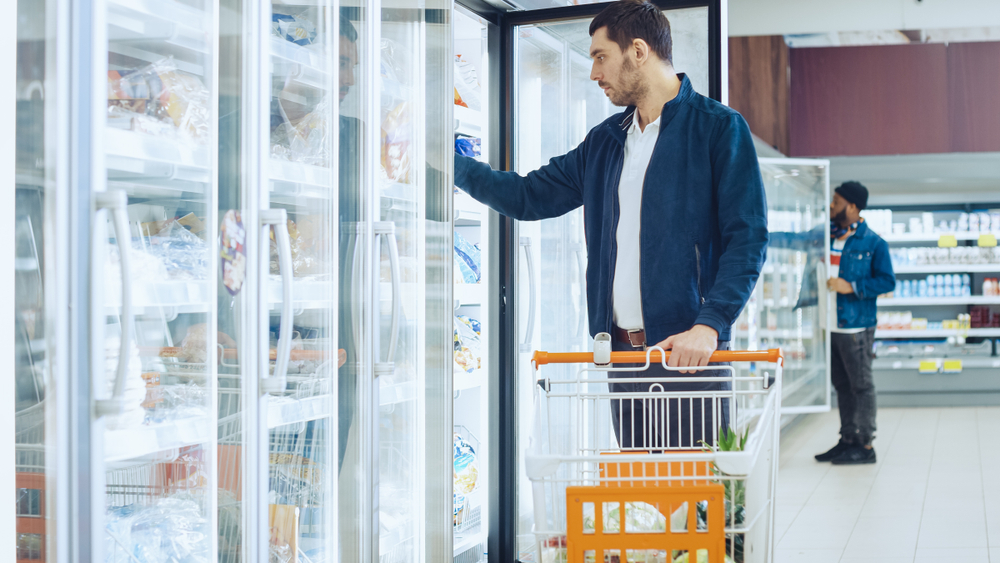
Holding freezer doors open for extended periods can cause the temperature inside to rise, affecting the quality of the frozen foods. This can lead to partial thawing, which may degrade texture and taste and even encourage bacterial growth. Plan your selections before opening the door to minimize the time it’s open. Quickly grab the items you need and close the door promptly. This practice helps maintain the optimal temperature inside the freezer and keeps your frozen foods in the best possible condition.
Buying Unfamiliar Brands Without Research
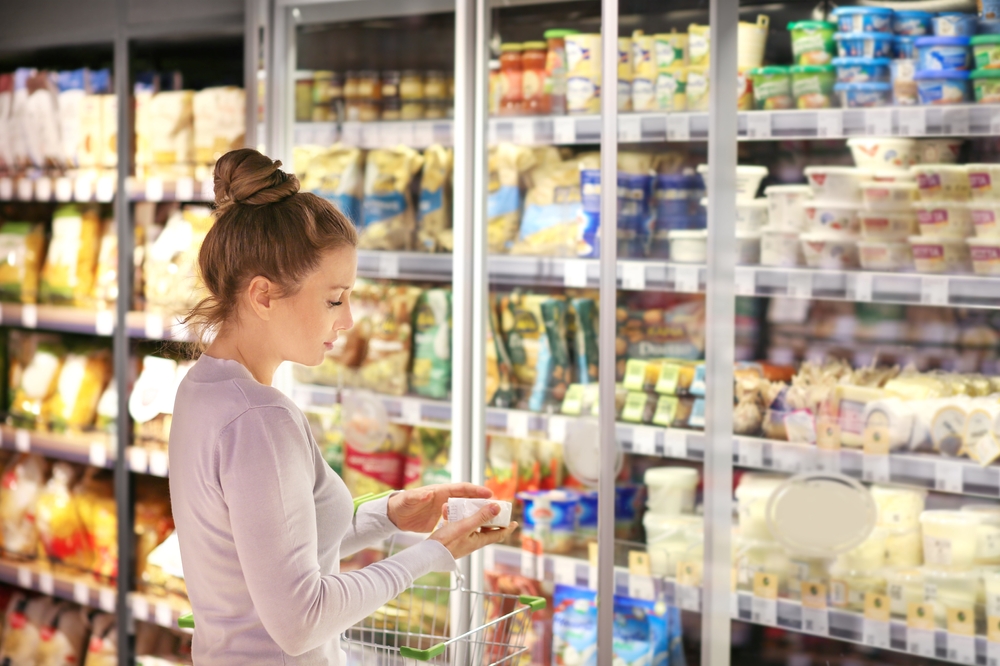
Purchasing unfamiliar brands without researching can be a gamble in terms of quality and taste. Some lesser-known brands might not meet your expectations or dietary requirements. Reading reviews and checking the ingredient list can provide insights into the product’s quality. Trying out a new brand in a small quantity before committing to a larger purchase is also wise. This approach helps ensure that you only fill your freezer with items you will enjoy and use.
Ignoring Frozen Vegetables and Fruits
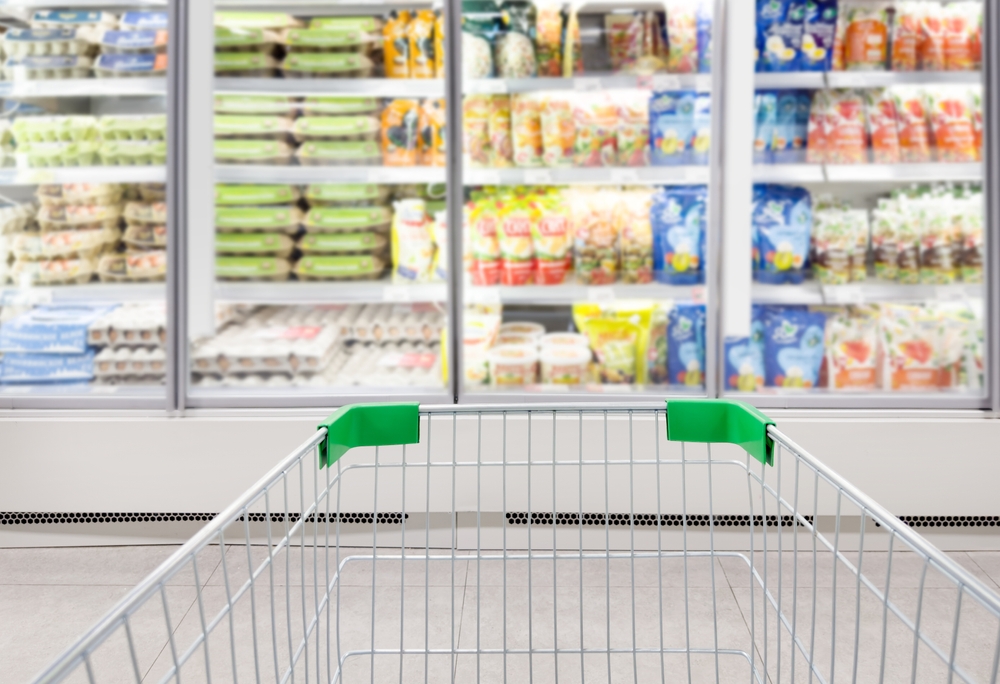
Many shoppers overlook frozen vegetables and fruits, thinking fresh produce is always better. However, frozen produce is often picked at peak ripeness and quickly frozen to preserve nutrients and flavor. It can be a convenient and nutritious option, especially when certain fresh items are out of season. Including frozen fruits and vegetables in your shopping routine can help you maintain a balanced diet year-round. These items are also versatile for various recipes, adding convenience to meal prep.
Not Using a Cooler Bag
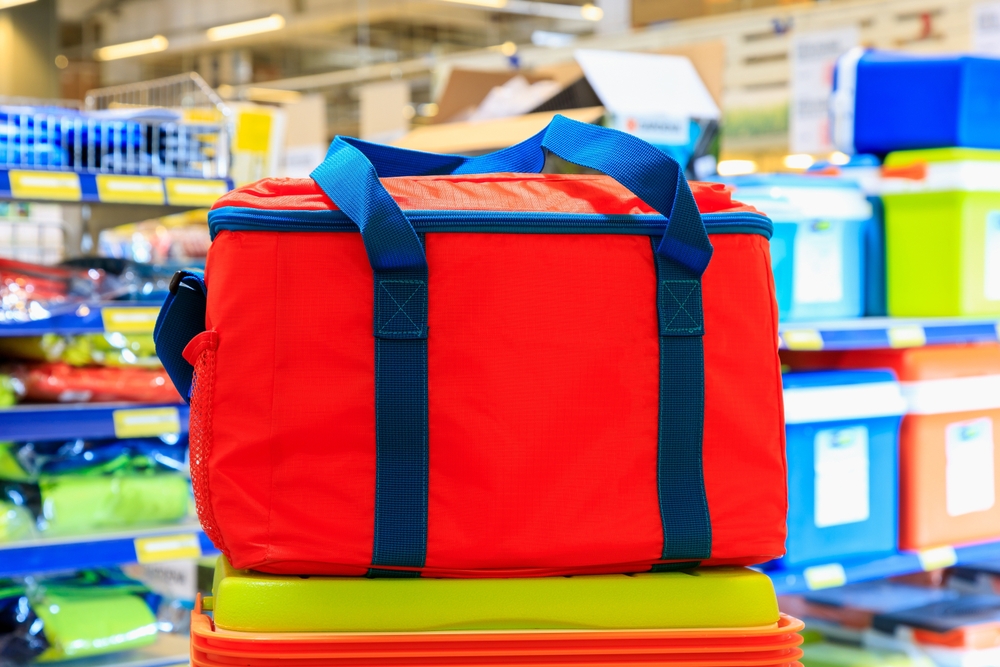
Forgetting to bring a cooler bag can lead to frozen items thawing during the trip home, especially in warm weather. A cooler bag helps maintain the temperature of frozen foods, ensuring they remain frozen until you can transfer them to your home freezer. This is particularly important if you have a long drive or multiple stops after grocery shopping. Investing in a good-quality cooler bag can help protect your frozen purchases and maintain their quality.
Buying Bulk Without Considering Usage

Buying in bulk can be economical, but it’s essential to consider how quickly you’ll use the frozen items. Bulk purchases are beneficial only if you have the space to store them and the plan to use them before they lose quality. Frozen foods have a shelf life, and over time, even well-stored items can develop freezer burn and lose flavor. Assess your eating habits and freezer capacity before opting for bulk purchases to avoid waste and maintain food quality.
Grabbing Food from the Top of the Pile
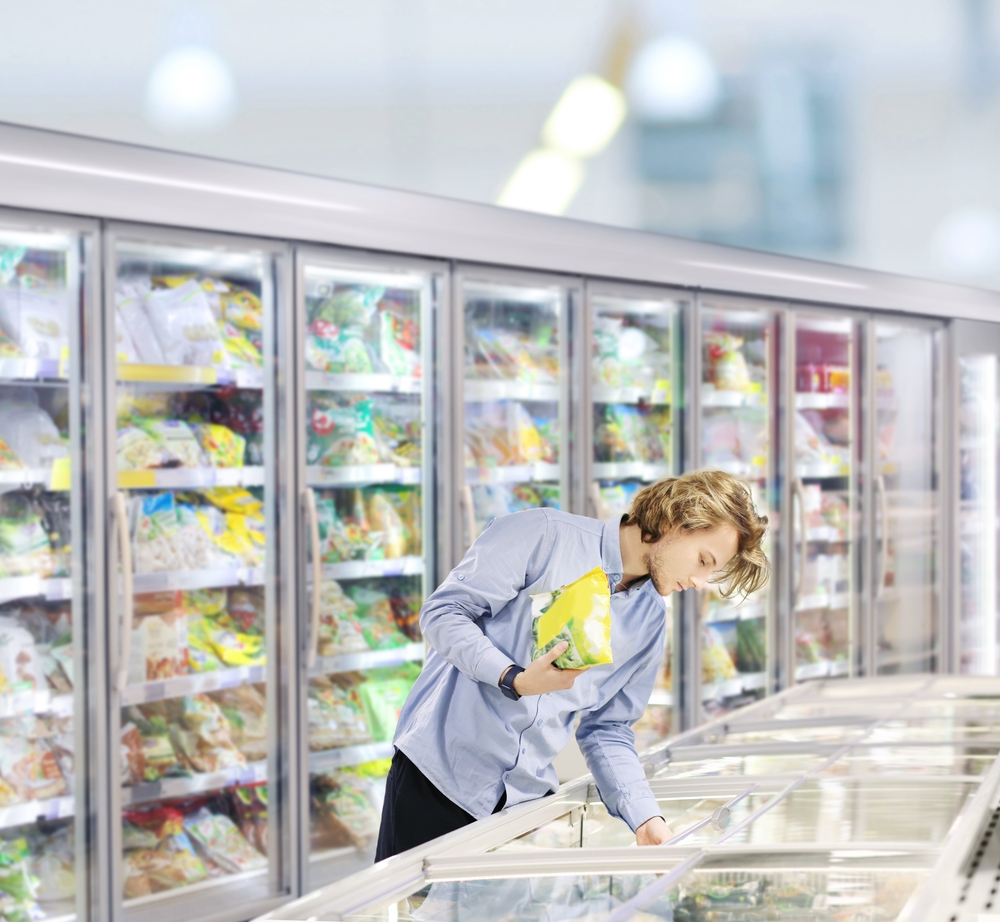
Grabbing food from the top of the pile might seem convenient, but it’s often better to take items from the middle or bottom. These areas are less exposed to temperature fluctuations, keeping the food at a more consistent temperature. Items at the top may have been subjected to slight thawing and refreezing due to frequent door openings. Digging a bit deeper ensures you get the freshest and most properly stored products. This habit can improve the longevity and quality of your frozen foods.
Not Checking Expiration Dates

Neglecting to check expiration dates on frozen foods can lead to buying items that are close to or past their prime. Even though frozen foods have a longer shelf life, they still have expiration dates that indicate their optimal quality period. Consuming food past this date can result in diminished taste and texture, and in some cases, may pose health risks. Always check the expiration dates before purchasing to ensure you’re getting the best quality products. This practice helps you manage your food inventory better and reduces waste.
This article originally appeared on RetailShout
More From RetailShout
11 Must-Try Fast-Food Breakfast Sandwiches, Ranked
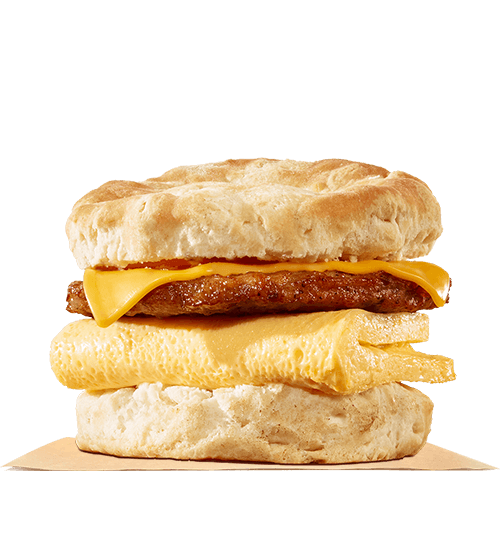
When you’re in a rush but still craving a tasty breakfast, fast food chains have got your back. They offer some pretty amazing breakfast sandwiches that can kickstart your day with just the right mix of flavors and textures. Read More.
15 Ways to Add Flavor Without Extra Calories
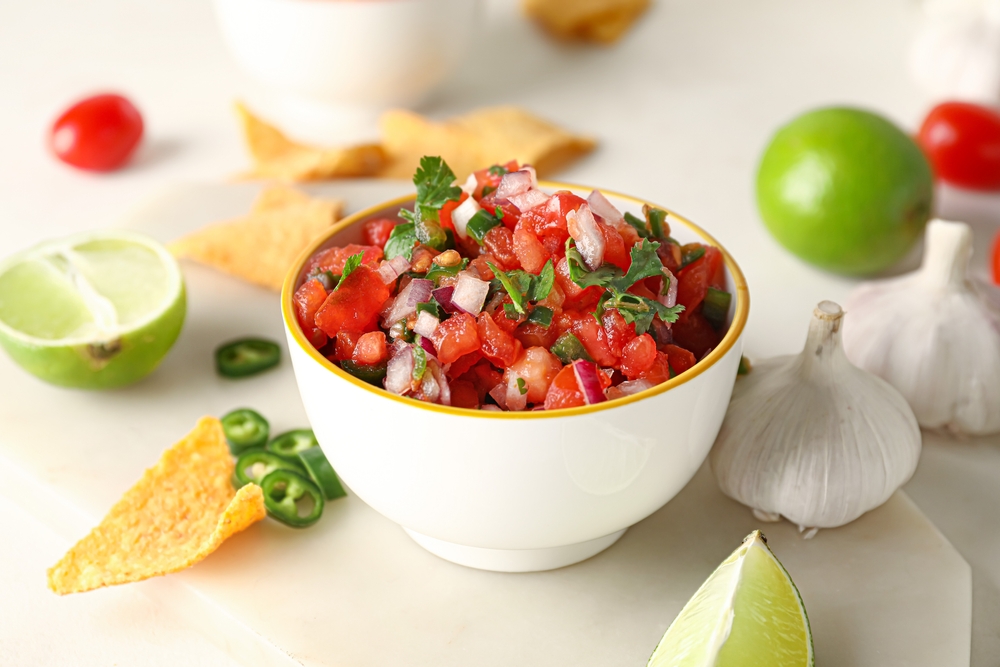
Trying to add flavor to your meals without adding extra calories? Look no further! We’ve compiled a list of delicious and healthy options to enhance your dishes. These simple recipes are perfect for anyone wanting to eat better while keeping their calorie count in check. Read More.
19 Plant-Based Proteins to Include in Your Diet
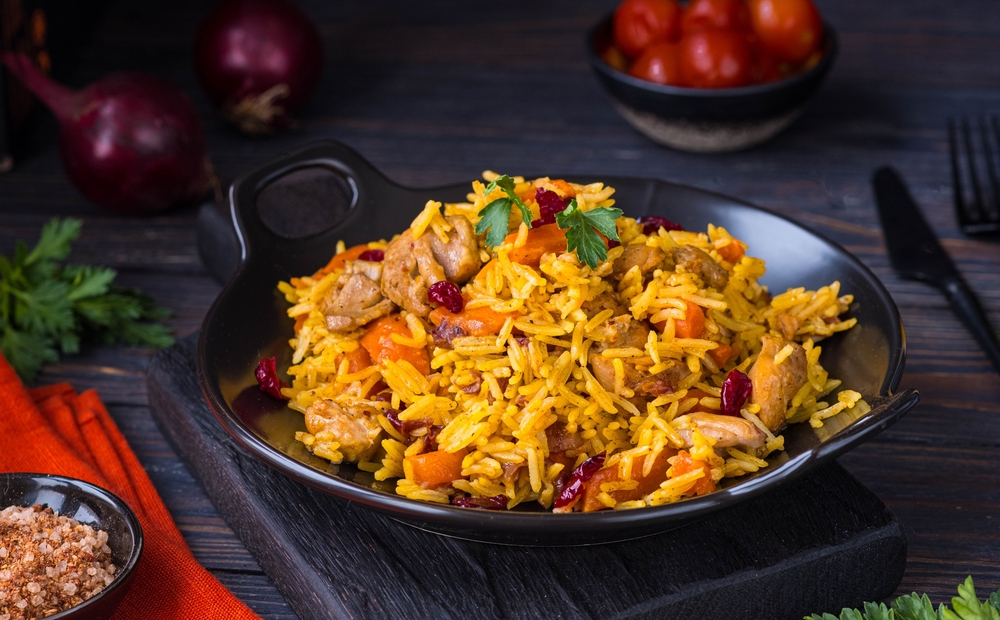
Plant-based proteins have become a popular choice for many people seeking a healthier, more sustainable diet. These proteins are not only packed with essential nutrients but also contribute to reducing the environmental impact of food production. Read More.

